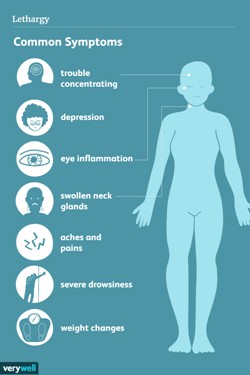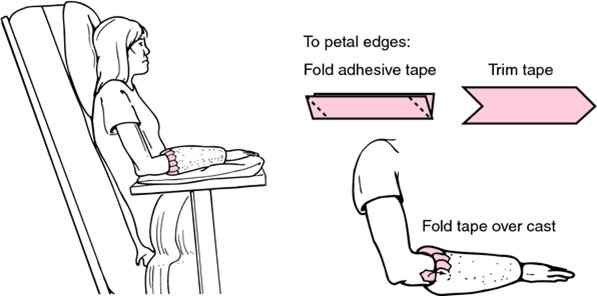A nurse is assisting with caring for a client who has a new concussion following a motor-vehicle crash. The nurse should monitor the client for which of the following manifestations of increased intracranial pressure?
Nuchal rigidity
Batle's sign
Polyuria
Lethargy
The Correct Answer is D
The nurse should monitor the client for lethargy as a manifestation of increased intracranial pressure. Increased intracranial pressure (ICP) is a rise in pressure around the brain that can occur due to various reasons such as brain injury, bleeding into the brain, swelling in the brain, or an increase in cerebrospinal fluid. Lethargy (feeling less alert than usual) is a common symptom of increased ICP.
a. Nuchal rigidity is not a common symptom of increased ICP.
b. Batle's sign is not a common symptom of increased ICP.
c. Polyuria is not a common symptom of increased ICP.

Nursing Test Bank
Naxlex Comprehensive Predictor Exams
Related Questions
Correct Answer is ["A","B","C"]
Explanation
The nurse should identify absence of pulse, altered sensation of the toes, and cool skin as possible manifestations of compartment syndrome. Compartment syndrome is a serious condition that can occur following surgery or injury. It is characterized by increased pressure within a muscle compartment that can lead to decreased blood flow and nerve damage.
Pain relieved by narcotics and capillary refill of 1 second are not manifestations of compartment syndrome. Pain relieved by narcotics is a normal response to pain medication. Capillary refill of 1 second is within the normal range and does not indicate compartment syndrome.
Correct Answer is B
Explanation
If a client reports skin irritation around the upper edge of a lower-leg cast, the nurse should petal the edges of the cast. This involves applying adhesive strips or moleskin around the edges of the cast to smooth them out and prevent them from rubbing against the skin.
a. Suggesting that the client use a blunt object such as a comb to relieve the itch is not recommended as it can cause further irritation or damage to the skin.
c. Telling the client to apply lotion to the irritated skin is not recommended as it can cause further irritation or damage to the skin and may also damage the cast.
d. Bivalving the cast is not necessary for skin irritation around the upper edge of the cast. Bivalving involves cutting the cast in half to relieve pressure and is typically only done in cases of severe swelling or compartment syndrome.

Whether you are a student looking to ace your exams or a practicing nurse seeking to enhance your expertise , our nursing education contents will empower you with the confidence and competence to make a difference in the lives of patients and become a respected leader in the healthcare field.
Visit Naxlex, invest in your future and unlock endless possibilities with our unparalleled nursing education contents today
Report Wrong Answer on the Current Question
Do you disagree with the answer? If yes, what is your expected answer? Explain.
Kindly be descriptive with the issue you are facing.
